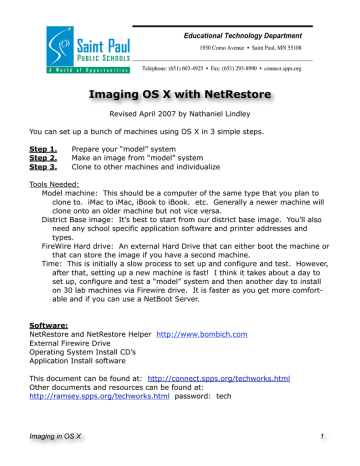

- #Apple server operating system how to#
- #Apple server operating system software#
- #Apple server operating system code#
#Apple server operating system code#
This system works very much like the Dynamic Host Configuration Protocol (DHCP) and even uses the same code to serve it. In this step we're setting up the Boot Server Discovery Protocol (BSDP). While the words are pretty much synonymous, they are not interchangeable when used in configurations. In UNIX, of which OS X is based, the word directory is used instead of folder. Don't Quit yet! Just one more thing to setup in NetInfo Manager! Note the use of the word directory in the above entries. Create the same four properties as you did for the previous folder, but set the value of directory_path to /Library/NetBoot/NetBootClient0 and afp_name to NetBootClient0. Now we need to use the same process to create a folder in the Sharepoints folder called NetBootClient0 ( picture 3). After naming this folder, click in the lower section to add three properties named afp_shared with a value of 1, afp_guest with a value of 0, ' directory_path with a value of /Library/NetBoot/NetBootSP0 and afp_name with a value of NetBootSP0. Now, repeat the process to create a new folder in the Sharepoints folder called NetBootSP0. Name this new folder Sharepoints ( picture 2). Select the config folder in the second column and click the New button again. If the config folder doesn't exist, select the / in the left-most column again and click the New folder icon. If it already reads Start leave it alone and close the window ( picture 1). If there is a button called Stop, click it so that it reads Start. under the Apple menu, select the Sharing preferences followed by the Internet tab. If there is already a config folder, select System Preferences. We're including it here for completeness and (who knows?) it just might break if it 's not here. This protocol is more used with older Macs for booting into OS 9 or earlier Systems. In this step, we will be setting up the Appletalk File Protocol (AFP). This will make it readily accessible to access later when you need it. Before continuing, drag the NetBootSP0 to your Dock, next to the Trash can. clients Note the period prior to the sharepoint and clients. Open Terminal and type the following: cd /Library/NetBoot ln -s NetBootSP0. Now we need to create Sharepoint links so that the Netboot server can find these folder. We're only going to be using the NetBootSP0 folder in this Instructable. Open it, and create two more folders named NetBootSP0 and NetBootClient0 respectively. Open the /Library folder (or other drive) create a new folder (Command-Shift-N) and name it NetBoot. If you have plenty of room on your Mac's boot drive, setup the directories in the /Library folder (That's the folder called Library that you see when you open the drive itself, not the Library folder in your Home folder! If you use another drive, substitute " /Volumes/" everywhere I use " /Library" in throughout this Instructable. We'll worry about filling the folders later. In order to supply the images to boot from, we first need to define the folders to get them from.
#Apple server operating system software#
Also, be sure that you have a license to support any OS or software that you serve to cover all the computers on your network. Direct references to all of my sources will be in the last step of this Instructable. While most of this information is available elsewhere, I am attempting to put it all in one place and make it possible for less experienced users to accomplish. Nor am I attempting to steal the glory from others that have published processes to do this. I'm definitely not the first to accomplish this and without the information from others that have, it would have taken me forever to figure out. Much of it can also be done using command-line instructions, but in my opinion, leaves too much room for errors. My process of accomplishing this will, as often as possible, use the GUI utilities available. This can be convenient for installing updates, new OS's or performing diagnostics/repairs. Once this is done, it's automatically turned on and managed by the Operating System. Apple actually put all the pieces into the operating system to do this! All you really need to do is set it up.
#Apple server operating system how to#
In this instructable, I'm going to demonstrate to you how to setup your Mac to allow any other Macs on your network to boot from it.


 0 kommentar(er)
0 kommentar(er)
